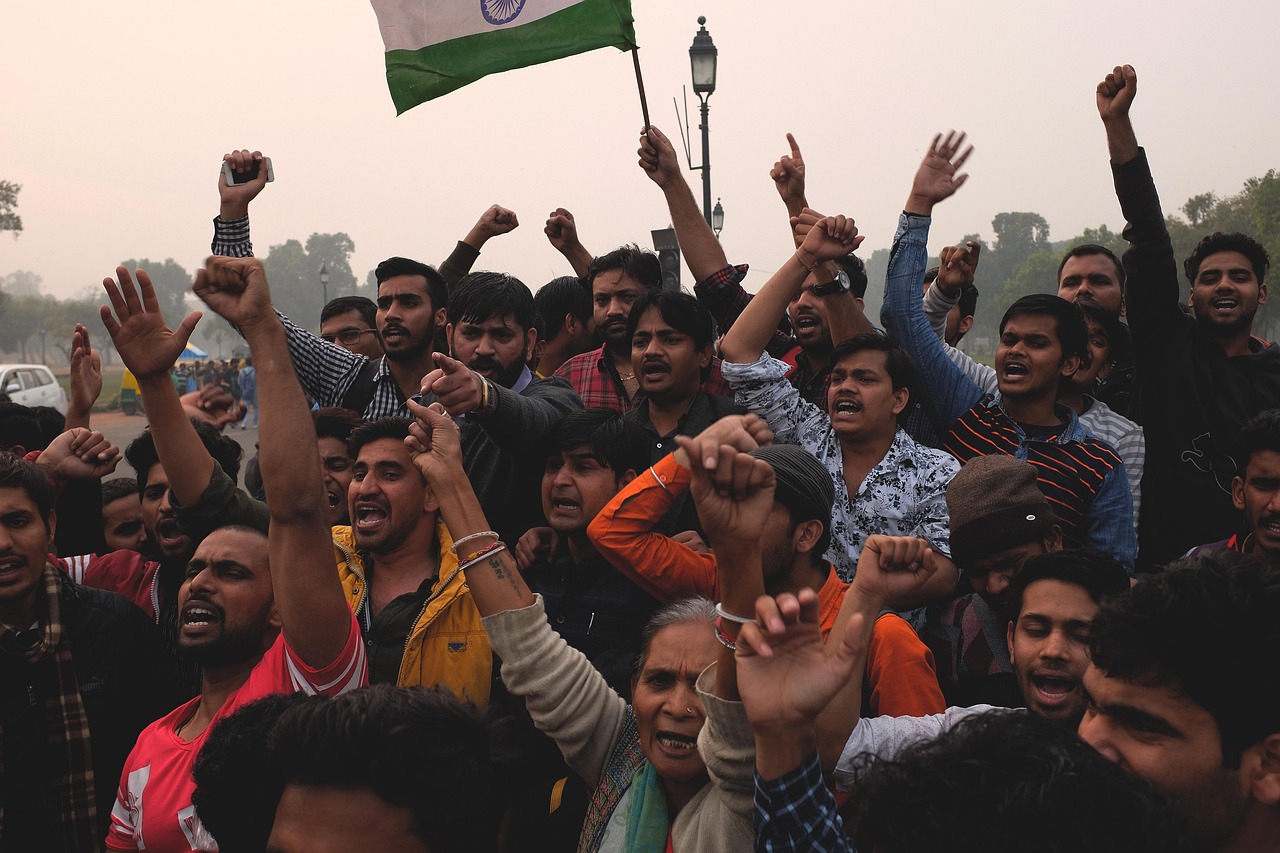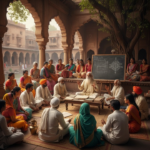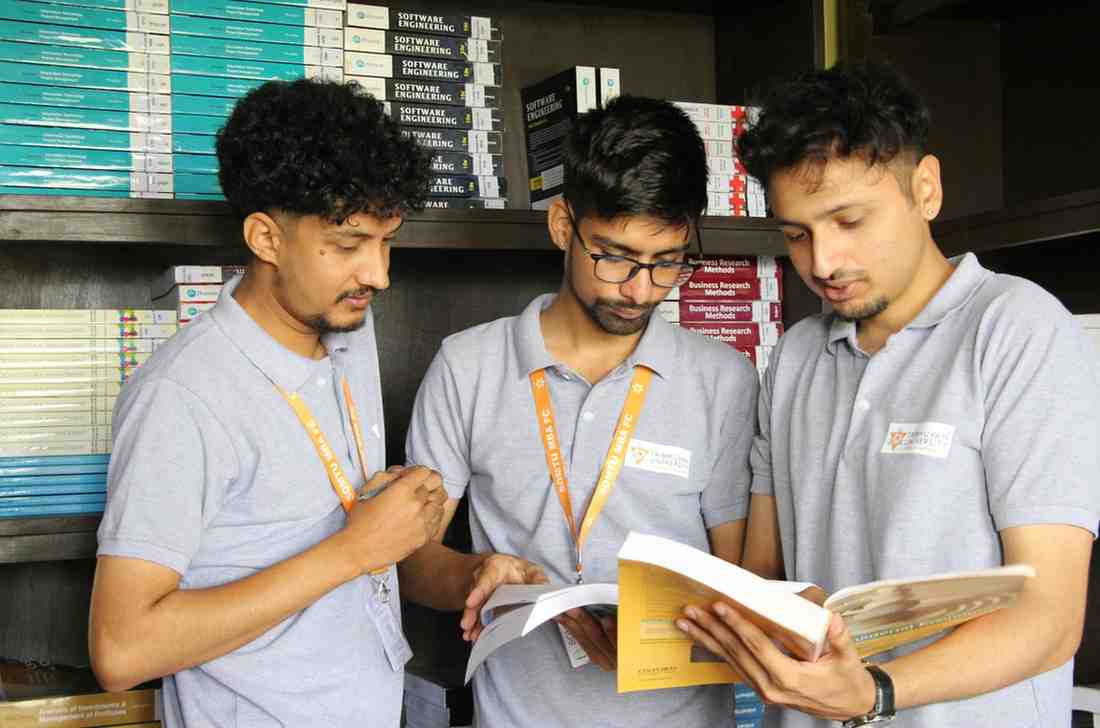
Non-Secular Democracies: How Religion Influences Political Structures in India
New Delhi, India, 2025 — India, the world’s largest democracy, is constitutionally secular, ensuring that religion and governance remain separate. However, the practical influence of religion on political structures and policymaking often challenges this principle. From electoral strategies to legislative frameworks, religion continues to shape India’s political landscape in profound ways.
This article critically examines how religion influences political structures in India, supported by official reports and real-world examples.
Religion and Political Structures in India
1. Electoral Strategies and Religious Mobilization
- The Reality: Religious identity plays a significant role in elections, with political parties often leveraging it to consolidate vote banks.
- Data: The Election Commission of India (2025) flagged a 22% rise in communal rhetoric during election campaigns compared to 2019.
- Example: Campaigns for the 2024 General Elections witnessed frequent appeals to religious sentiments, sparking debates about the misuse of identity politics.
- Impact: While mobilization strengthens voter turnout, it often polarizes communities, shifting focus away from developmental issues.
2. Religious Influences on Policy-Making
- Example: The Citizenship Amendment Act (CAA), 2019, provided expedited citizenship for non-Muslim refugees, a move widely criticized for its religious bias.
- Impact: Critics argued that such policies undermine the secular fabric of the Constitution, leading to protests and judicial challenges.
- Data: A Ministry of Home Affairs report (2024) revealed that over 4 million individuals benefited from the CAA, yet concerns about exclusionary criteria persist.
3. State Support for Religious Institutions
- Example: Significant government funding for events like the Kumbh Mela or subsidies for Haj pilgrims has sparked debates about preferential treatment for certain religious groups.
- Data: The 2024 Union Budget allocated ₹4,000 crore for religious tourism, highlighting the economic potential but also raising questions about equitable resource distribution.
Challenges of Religion Influencing Political Structures
1. Marginalization of Minorities
- Fact: A report by the National Commission for Minorities (2024) found that minority groups often face underrepresentation in local governance structures.
- Impact: This undermines the democratic ideal of equal representation, creating distrust among marginalized communities.
2. Communal Tensions
- Religious polarization in politics often exacerbates communal tensions.
- Example: The National Crime Records Bureau (NCRB) reported a 17% increase in communal incidents between 2020 and 2024, many linked to politically motivated rhetoric.
3. Judicial Implications
- Judicial decisions influenced by religious sentiments can compromise impartiality.
- Example: The Ayodhya Verdict (2019), while celebrated by many, highlighted the complexities of balancing legal principles with public sentiment.
Balancing Secularism and Religious Influence
1. Strengthening Secular Institutions
- Action: Empowering bodies like the Election Commission to penalize communal rhetoric during campaigns.
- Recommendation: The Commission proposed stricter penalties for violations under the Model Code of Conduct in its 2025 report.
2. Promoting Inclusive Policies
- Policies must prioritize socio-economic development over religious preferences.
- Example: Expanding schemes like PM Awas Yojana ensures equitable access to housing irrespective of religious identity.
3. Civic Education and Awareness
- Promoting secular education can reduce communal biases in public discourse.
- Example: The National Education Policy (NEP) 2020 emphasizes value-based education, including lessons on secularism and unity in diversity.
Global Comparisons and Lessons for India
1. Turkey
- Reality: Turkey’s transition from secularism to religious nationalism has eroded institutional independence.
- Lesson: Safeguarding institutional autonomy is crucial to maintaining secular governance in India.
2. United States
- Reality: The influence of religious lobbying groups on policy decisions, such as abortion rights, shows the challenges of balancing religion and governance.
- Lesson: India must strengthen regulations to prevent undue influence of religious entities on policymaking.
Conclusion: Navigating a Complex Interplay
In a diverse democracy like India, religion’s influence on political structures is inevitable but must be carefully managed to uphold the secular ideals enshrined in the Constitution. By promoting inclusive policies, empowering institutions, and fostering civic awareness, India can strike a balance between respecting religious diversity and preserving democratic integrity.
As the nation continues to evolve, ensuring that governance remains inclusive, impartial, and focused on development over division will be key to sustaining its democratic ethos.



